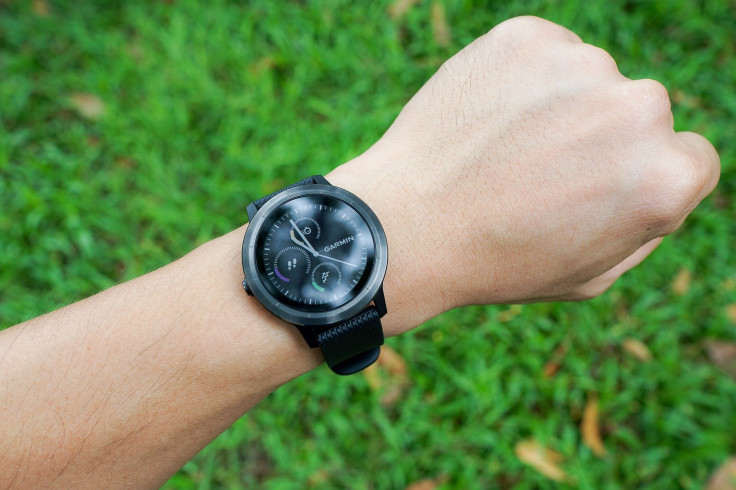Tourette's Syndrome: 'Stimulating' Research Offers New Hope For Treatment
KEY POINTS
- 200,000 Americans have the most severe form of Tourette’s Syndrome
- People with Tourette’s exhibit symptoms such as chronic motor or vocal tics
- New study offers hope for treatment for those with the neurodevelopmental disorder
Rhythmic median nerve stimulation (MNS) substantially reduces tic frequency, intensity, as well as the urge to tic in individuals diagnosed with Tourette Syndrome, says a new study.
This unusual way to treat Tourette’s syndrome involves applying an electric current to a person’s wrist which travels through the nerves that reach the brain to alter the brainwaves.
Such an approach which reduced the number of tics in people with Tourette’s indicated that the condition is associated with an underactivity in brainwaves that keeps a person still.
The Study:
Nineteen individuals with Tourette’s Syndrome were observed for random 1-minute periods during which they were administered constant rhythmic pulses of median nerve stimulation to their right wrist which was followed by 1-minute periods when they did not receive any kind of stimulation.
They noticed that the stimulation reduced the tics as well as the urge to tic. More importantly, the researchers noticed the stimulation had the most significant effect on the study participants who suffered from severe tics.
The study participants who found improvement in their symptoms opined that such a breakthrough could change the lives of those living with Tourette’s syndrome.
"We understand that the tics are caused by alterations in chemical signals within brain networks linked to the formation of habits and the initiation of habitual movements. These changes lead to hyper-excitability in the brain regions involved in generating movements. Our research successfully used pulses of electrical current, delivered at the wrist, to increase the strength of brain-oscillations that must ordinarily be reduced in strength to generate a movement, resulting in significantly reduced tics and in many cases removal of the urge-to-tic. " MedicalXpress quoted Professor Stephen Jackson who led this research.
The findings of their study appear promising in developing a safe and effective method to treat tics without any side effects, said Jackson.
The researchers aim to develop a wearable ‘watch-like’ median nerve stimulator that resembles an Apple Watch or Fitbit and can be used by individuals as and when someone with Tourette’s needs to control their tics.
Tourette’s syndrome is a neurodevelopment disorder that gets diagnosed between the ages of eight and 12. It is typically characterized by repetitive movements or unwanted sounds (tics) that cannot be controlled.
Tics are involuntary, repetitive, stereotyped movements and/or vocalizations that happen in bouts, typically several times in a day. They are quite often preceded by a very strong urge-to-tic.
For instance, one with Tourette’s might repeatedly blink their eyes, shrug their shoulders, or even blurt out unusual noises or offensive words. It starts during childhood and the symptoms including tics usually improve after several years and might sometimes vanish completely.

© Copyright IBTimes 2024. All rights reserved.






















